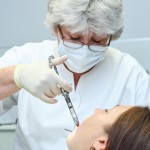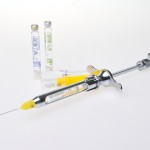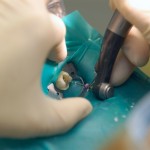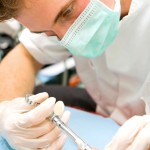
This well conducted and reported trial found that there was no difference between 3% mepivacaine & 2% lidocaine with 1:100,000 epinephrine and 2 cartridges of 2% lidocaine with 1:100,000 epinephrine in terms of injection pain, onset time, and pulpal anesthetic success for the IAN block.
[read the full story...]

